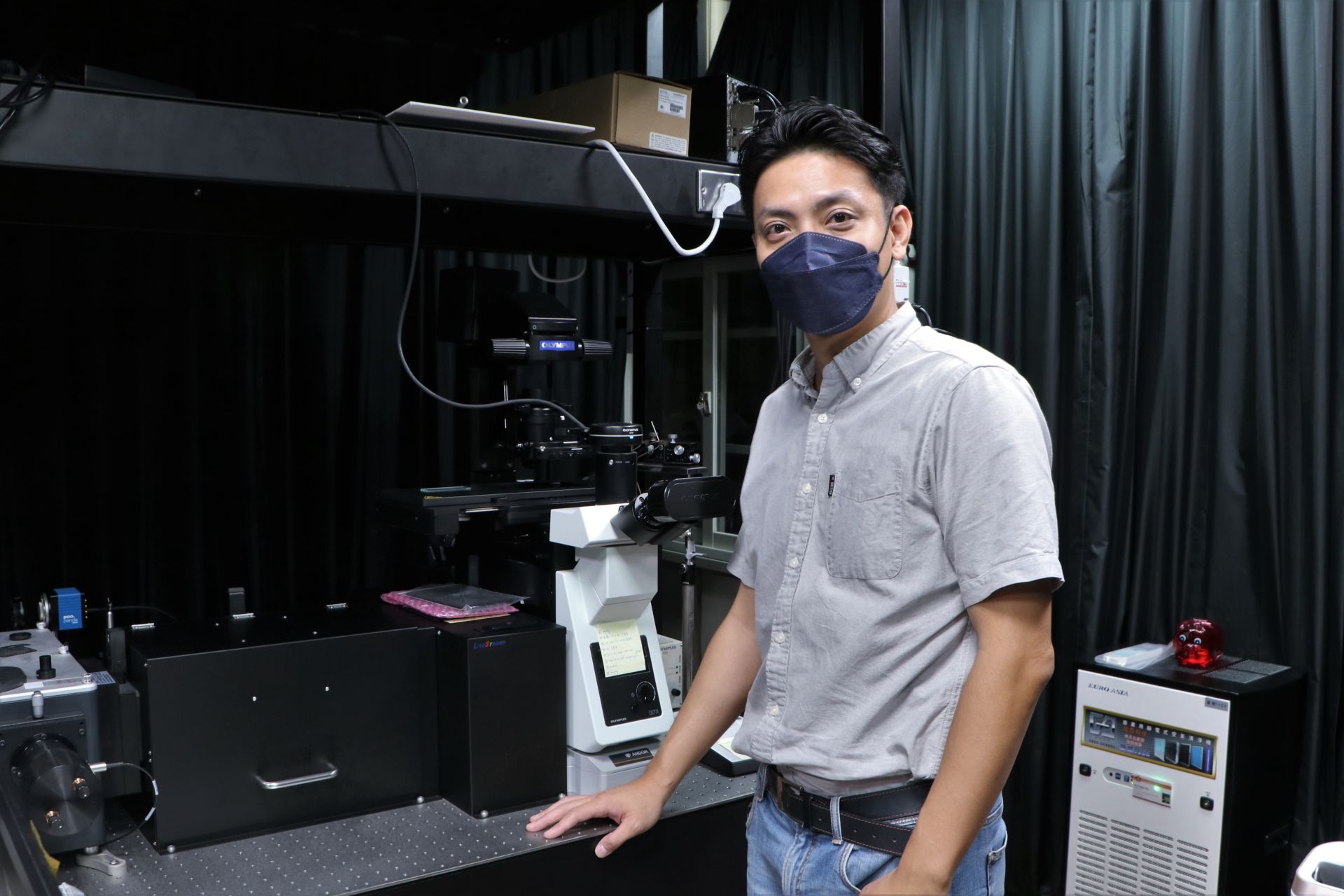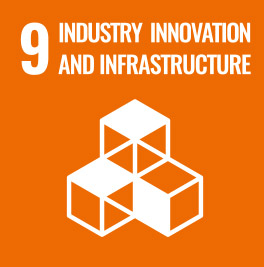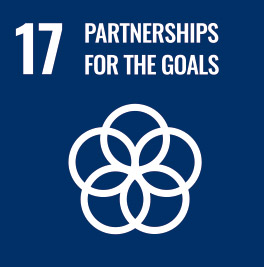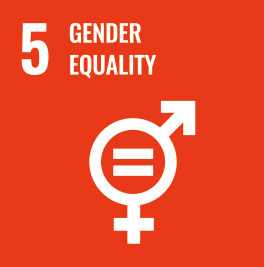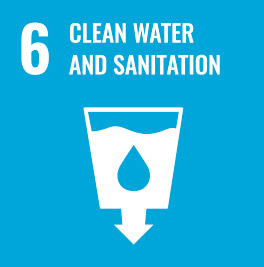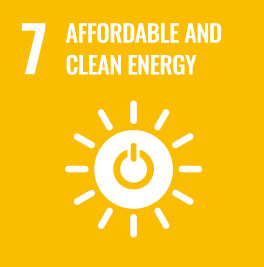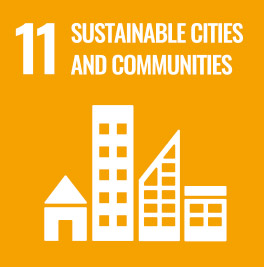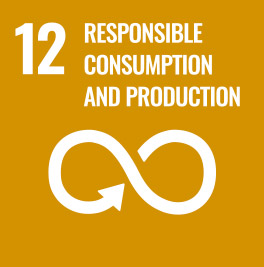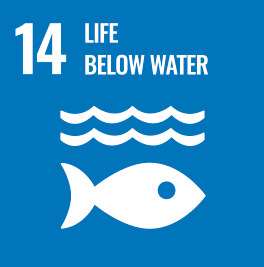SDG9
NCKU Human-Powered Submarine Team Competes at U.S. Navy Lab for the First Time, Sets New Team Speed Record
In June 2025, the Human-Powered Submarine Team from National Cheng Kung University (NCKU) made its first-ever appearance at the 18th International Submarine Race (ISR), held at the U.S. Navy’s David Taylor Model Basin in the suburbs of Washington, D.C. On the morning of June 27, the team completed its first full competition in the United States. Although they did not place among the 17 participating teams, they broke the team’s all-time speed record during their final run, reaching 3.24 knots—the first time surpassing the 3-knot mark.
NCKU team members departed for the United States to compete immediately after finishing their final exams. The competition brought together 17 teams from 6 countries and was held at the David Taylor Model Basin, located in the suburbs of Washington, D.C. The David Taylor Model Basin, one of the world’s most advanced hydrodynamic testing facilities, is part of the U.S. Navy Surface Warfare Center. It was named in honor of Admiral David Taylor, a pioneer who championed the scientific development of warship design. Entry is strictly restricted, and all team members were required to apply for access in advance. However, in a gesture of inclusion, the organizers displayed Taiwan’s national flag alongside those of the U.S., U.K., Canada, Singapore, and Poland.
The NCKU human-powered submarine was fully assembled last Sunday. After completing the diving capability assessments for the crew, both shore and in-water tests were rushed to completion on June 23. During the first trial run on the morning of the 24th, the submarine hit the bottom, causing one of the propeller blades to break. On the 25th, a design presentation was conducted, and the team replaced the propeller to continue the competition. However, due to an unknown cause, one and a half blades of the carbon fiber propeller detached, prompting the team to install their final spare propeller. Fortunately, no further mechanical failures or incidents occurred during the rest of the competition.
The third-generation team captain, Chuan-Ren Chen, stated that the competition in the United States has stricter safety and design standards. As it was their first time participating, the team found it somewhat unfamiliar at first, but they were still able to collaboratively meet all the safety requirements. On-site calculations and adjustments for weight and buoyancy also allowed the team to apply what they had learned at school and practice effective teamwork. The massive 130-meter race track enabled the submarine to sprint, presenting different challenges for both the pilot and the submarine’s performance compared to the previous European competition in the UK.
Although last year’s team captain, Dan-Xu Wang, passed the baton to her juniors, she still traveled to the U.S. to compete once again. Upon reflection, she believes that the improvements made to the drivetrain and propulsion systems over the past year have been recognized. However, the competition also revealed that the reliability of the control and safety alert systems still needs to be enhanced and further improved.
The pilot, Guan-Hong Shen, now a senior, also served as the pilot in last year’s UK competition. Drawing from his personal experience, he noted: “Driving the submarine this time posed greater challenges than in the UK, mainly because the race track was narrower, making it easy for the submarine to collide with the walls if not maneuvered carefully.” Due to the shorter schedule of the U.S. competition, “there was a serious lack of time to adapt to the course. Frequent mechanical failures further compressed the already limited opportunities for test runs.” Other team members who had participated in both competitions also unanimously shared that the U.S. event, compressed into just one week, required the full assembly, adjustment, and racing of the submarine, which significantly increased the pressure and difficulty. However, the overall atmosphere also fostered greater independence and autonomy. Many pieces of equipment and resources, such as air tanks, had to be prepared independently, demanding greater meticulousness and careful planning. This experience gave team members a firsthand look at the different management culture in the U.S. and the unique engineering approaches of various countries.
“Although the shorter duration of the competition meant fewer opportunities to interact with other teams, the atmosphere remained one of friendly competition,” said Yu-Chi Yang, currently a first-year graduate student, as she vividly described the positive spirit of the event. “Everyone was eager to share their techniques and generously offered help to one another. We cheered for each other’s successes and felt genuinely sorry for each other’s setbacks—there was none of that feeling of treating others as rivals.”
This year’s champion was the Omer 13 team from Ecole de Technologie Superieure in Montreal, Quebec, a French-speaking region of Canada. Known as a long-time powerhouse in both North American and European human-powered submarine competitions, they not only took the championship title but also broke the world speed record for human-powered submarines, reaching an astonishing 7.682 knots!
The NCKU Human-Powered Submarine Team ranked 6th in top speed among 17 teams—placing them in the top third—marking a slight improvement compared to their overall standing in last year’s UK competition. In terms of average speed over the full course, the team placed 10th. They ranked 11th in both the number of attempts and the number of full-course completions. Associate Professor Jeng-Horng Chen from NCKU’s Department of Systems and Naval Mechatronic Engineering, who serves as the team’s advisor, commented: “This indicates that our stability and reliability still need improvement.” He also noted that three teams—including one from a prestigious U.S. university—were unable to record any speed (failing to pass even the second timing gate), saying, “This shows that although most teams use purely mechanical designs, the underwater environment is harsh. Submarine motion and control are more complex and challenging than those of other vehicles. For students, designing, manufacturing components, and integrating the systems is not as simple as the mechanisms may appear or as easy as one might imagine.”
The fourth-generation NCKU Human-Powered Submarine Team is currently designing the third-generation submarine, drawing on the valuable experience gained from this competition. They hope the improved next-generation submarine will achieve excellent results in next year’s (2026) competition in the UK.
The International Human-Powered Submarine Competition held in the U.S. has a longer history than its European counterpart and primarily focuses on straight-line speed. In contrast, the European International Human-Powered Submarine Competition, held in the UK, emphasizes both speed and maneuverability through curves. Both competitions are held biennially in alternating years and take place in naval research test tanks. The NCKU team previously participated in the European competition in 2022 and 2024.
NCKU team members departed for the United States to compete immediately after finishing their final exams. The competition brought together 17 teams from 6 countries and was held at the David Taylor Model Basin, located in the suburbs of Washington, D.C. The David Taylor Model Basin, one of the world’s most advanced hydrodynamic testing facilities, is part of the U.S. Navy Surface Warfare Center. It was named in honor of Admiral David Taylor, a pioneer who championed the scientific development of warship design. Entry is strictly restricted, and all team members were required to apply for access in advance. However, in a gesture of inclusion, the organizers displayed Taiwan’s national flag alongside those of the U.S., U.K., Canada, Singapore, and Poland.
The NCKU human-powered submarine was fully assembled last Sunday. After completing the diving capability assessments for the crew, both shore and in-water tests were rushed to completion on June 23. During the first trial run on the morning of the 24th, the submarine hit the bottom, causing one of the propeller blades to break. On the 25th, a design presentation was conducted, and the team replaced the propeller to continue the competition. However, due to an unknown cause, one and a half blades of the carbon fiber propeller detached, prompting the team to install their final spare propeller. Fortunately, no further mechanical failures or incidents occurred during the rest of the competition.
The third-generation team captain, Chuan-Ren Chen, stated that the competition in the United States has stricter safety and design standards. As it was their first time participating, the team found it somewhat unfamiliar at first, but they were still able to collaboratively meet all the safety requirements. On-site calculations and adjustments for weight and buoyancy also allowed the team to apply what they had learned at school and practice effective teamwork. The massive 130-meter race track enabled the submarine to sprint, presenting different challenges for both the pilot and the submarine’s performance compared to the previous European competition in the UK.
Although last year’s team captain, Dan-Xu Wang, passed the baton to her juniors, she still traveled to the U.S. to compete once again. Upon reflection, she believes that the improvements made to the drivetrain and propulsion systems over the past year have been recognized. However, the competition also revealed that the reliability of the control and safety alert systems still needs to be enhanced and further improved.
The pilot, Guan-Hong Shen, now a senior, also served as the pilot in last year’s UK competition. Drawing from his personal experience, he noted: “Driving the submarine this time posed greater challenges than in the UK, mainly because the race track was narrower, making it easy for the submarine to collide with the walls if not maneuvered carefully.” Due to the shorter schedule of the U.S. competition, “there was a serious lack of time to adapt to the course. Frequent mechanical failures further compressed the already limited opportunities for test runs.” Other team members who had participated in both competitions also unanimously shared that the U.S. event, compressed into just one week, required the full assembly, adjustment, and racing of the submarine, which significantly increased the pressure and difficulty. However, the overall atmosphere also fostered greater independence and autonomy. Many pieces of equipment and resources, such as air tanks, had to be prepared independently, demanding greater meticulousness and careful planning. This experience gave team members a firsthand look at the different management culture in the U.S. and the unique engineering approaches of various countries.
“Although the shorter duration of the competition meant fewer opportunities to interact with other teams, the atmosphere remained one of friendly competition,” said Yu-Chi Yang, currently a first-year graduate student, as she vividly described the positive spirit of the event. “Everyone was eager to share their techniques and generously offered help to one another. We cheered for each other’s successes and felt genuinely sorry for each other’s setbacks—there was none of that feeling of treating others as rivals.”
This year’s champion was the Omer 13 team from Ecole de Technologie Superieure in Montreal, Quebec, a French-speaking region of Canada. Known as a long-time powerhouse in both North American and European human-powered submarine competitions, they not only took the championship title but also broke the world speed record for human-powered submarines, reaching an astonishing 7.682 knots!
The NCKU Human-Powered Submarine Team ranked 6th in top speed among 17 teams—placing them in the top third—marking a slight improvement compared to their overall standing in last year’s UK competition. In terms of average speed over the full course, the team placed 10th. They ranked 11th in both the number of attempts and the number of full-course completions. Associate Professor Jeng-Horng Chen from NCKU’s Department of Systems and Naval Mechatronic Engineering, who serves as the team’s advisor, commented: “This indicates that our stability and reliability still need improvement.” He also noted that three teams—including one from a prestigious U.S. university—were unable to record any speed (failing to pass even the second timing gate), saying, “This shows that although most teams use purely mechanical designs, the underwater environment is harsh. Submarine motion and control are more complex and challenging than those of other vehicles. For students, designing, manufacturing components, and integrating the systems is not as simple as the mechanisms may appear or as easy as one might imagine.”
The fourth-generation NCKU Human-Powered Submarine Team is currently designing the third-generation submarine, drawing on the valuable experience gained from this competition. They hope the improved next-generation submarine will achieve excellent results in next year’s (2026) competition in the UK.
The International Human-Powered Submarine Competition held in the U.S. has a longer history than its European counterpart and primarily focuses on straight-line speed. In contrast, the European International Human-Powered Submarine Competition, held in the UK, emphasizes both speed and maneuverability through curves. Both competitions are held biennially in alternating years and take place in naval research test tanks. The NCKU team previously participated in the European competition in 2022 and 2024.
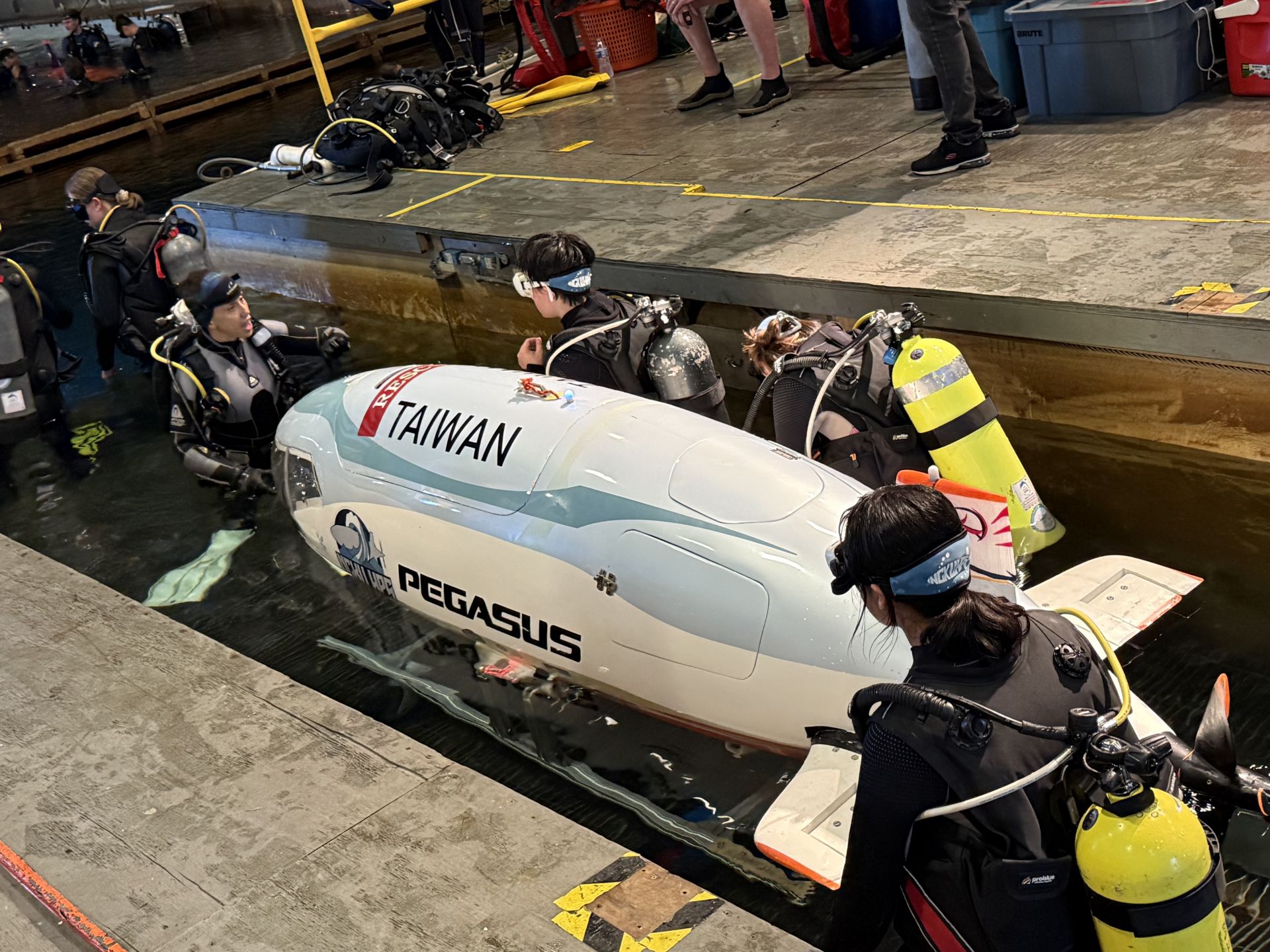
NCKU's human-powered submarine is being launched.
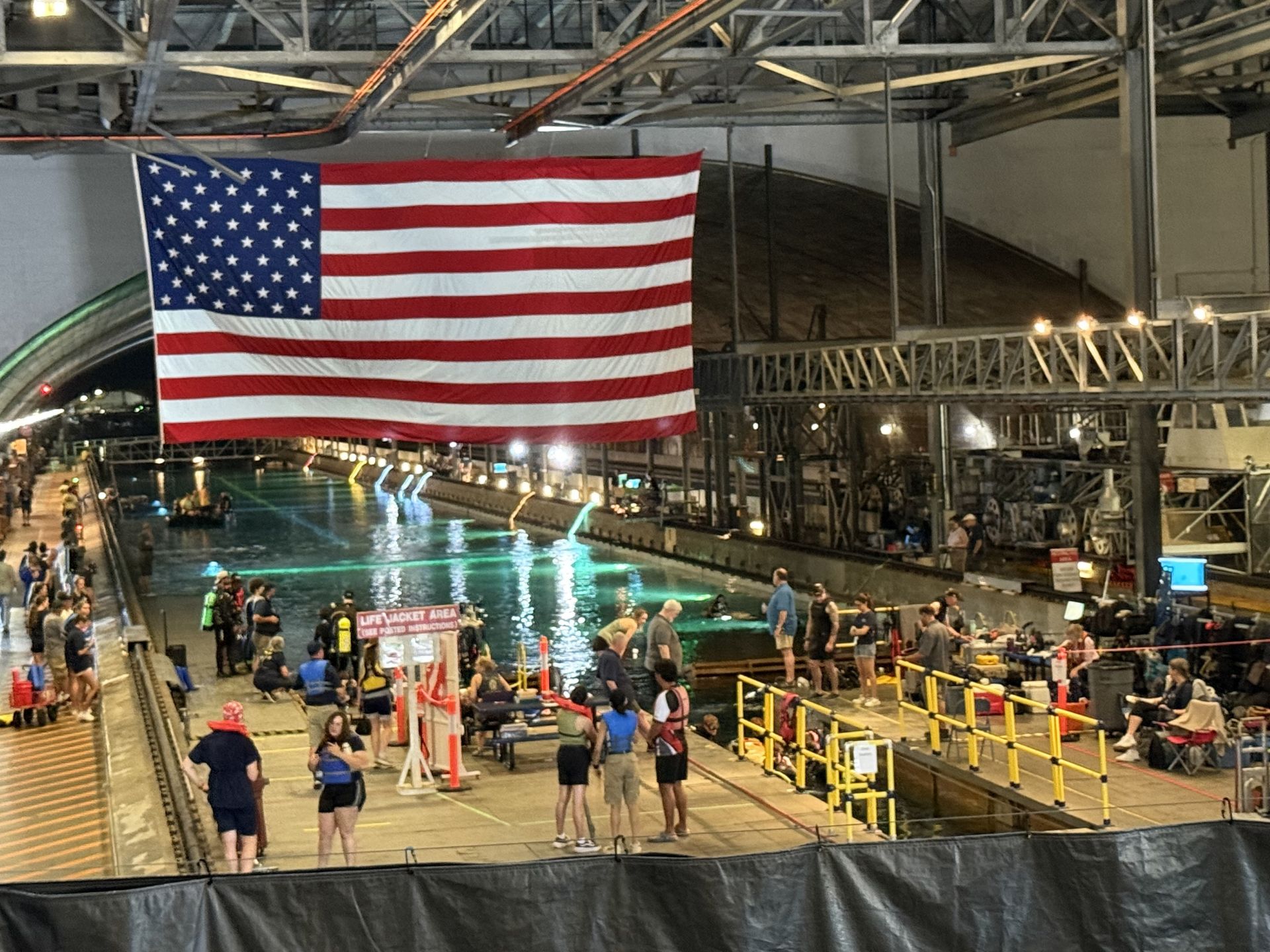
The competition is held in the U.S. Navy's David Taylor Model Basin.
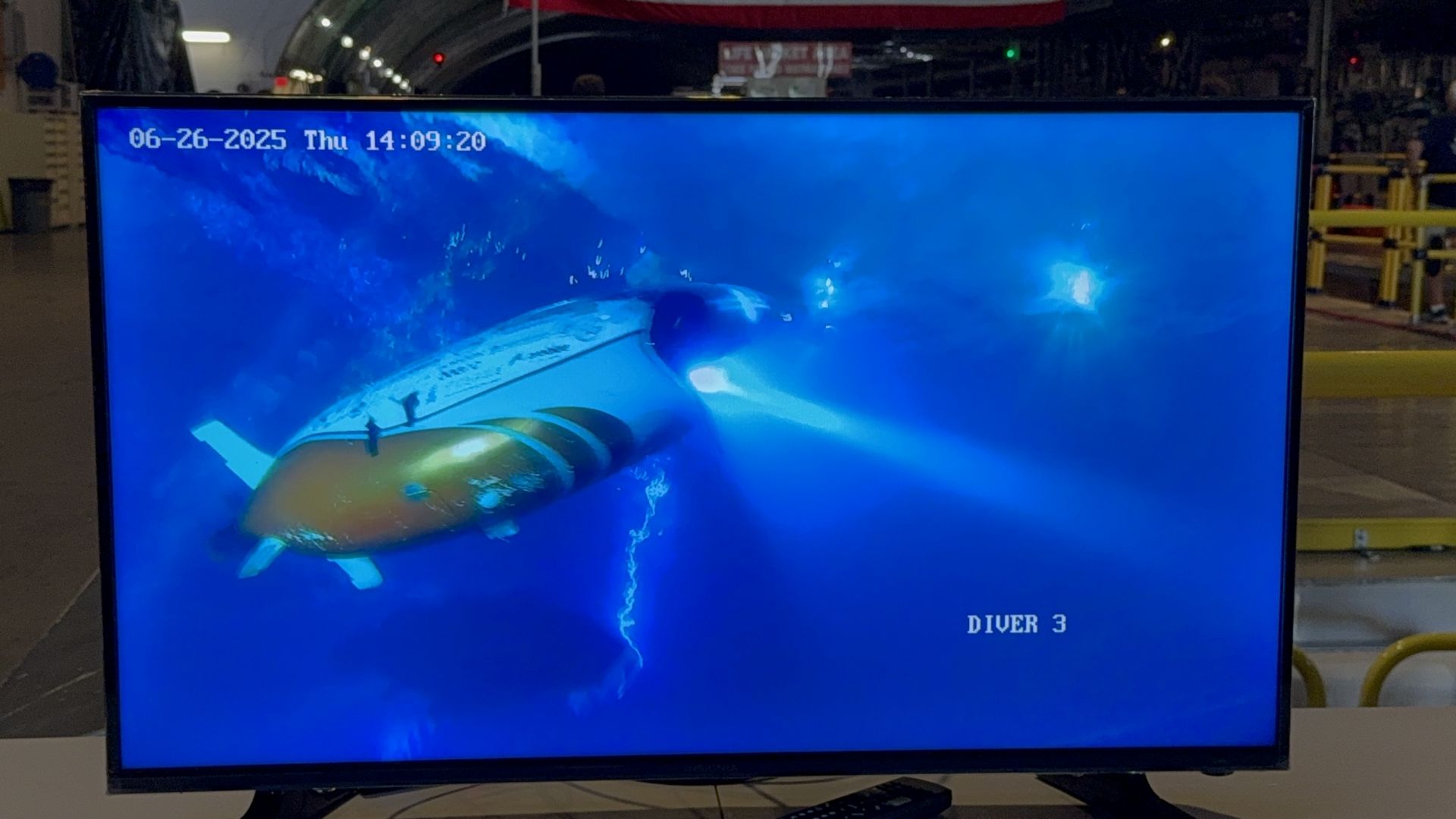
NCKU's human-powered submarine in action during the competition.
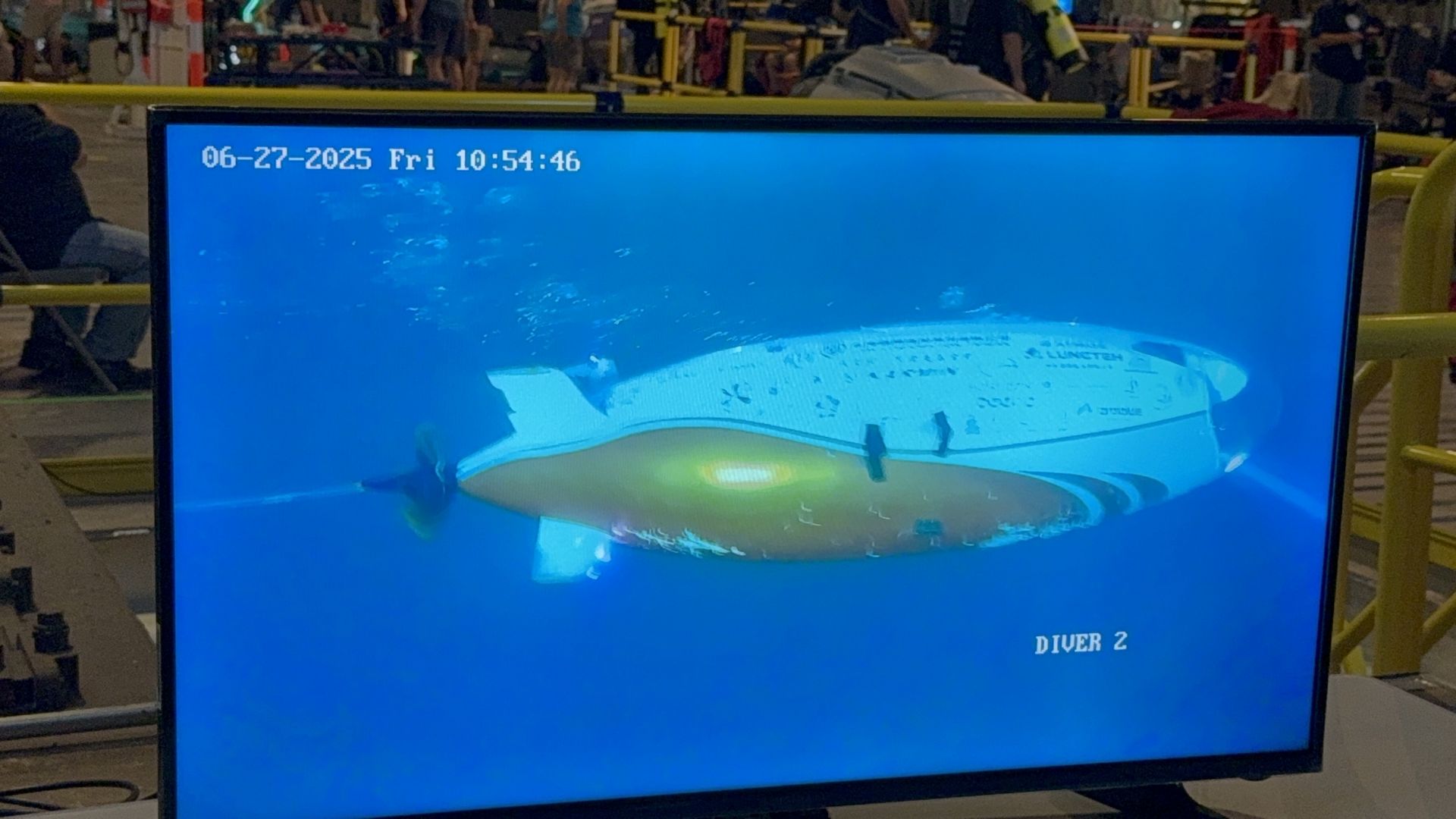
Pegasus, now breaking the team's speed record, displays a clearly visible hub vortex behind the propeller.
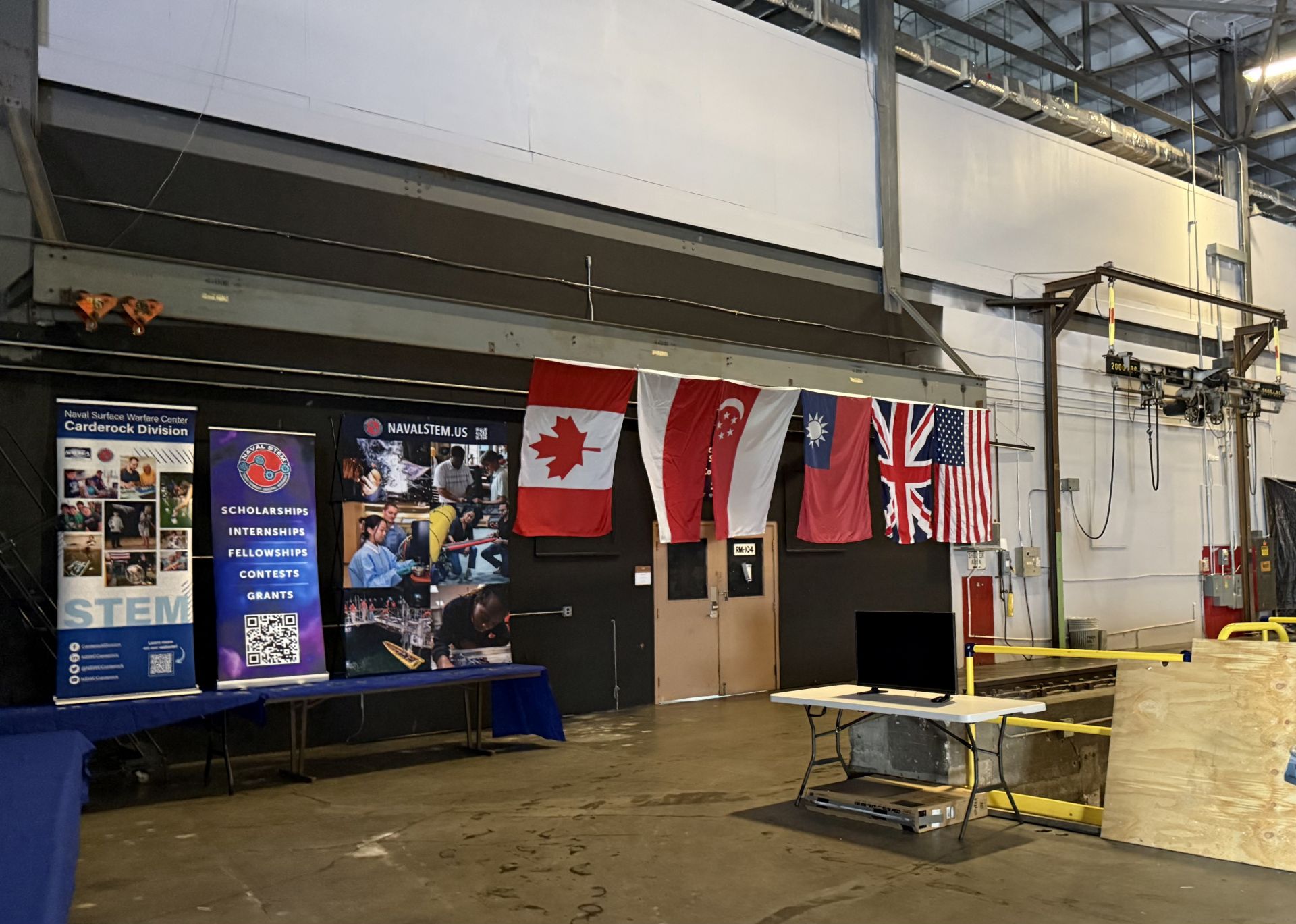
National flags of all participating countries are prominently displayed by the organizers, next to a booth featuring the Navy’s STEM education program.
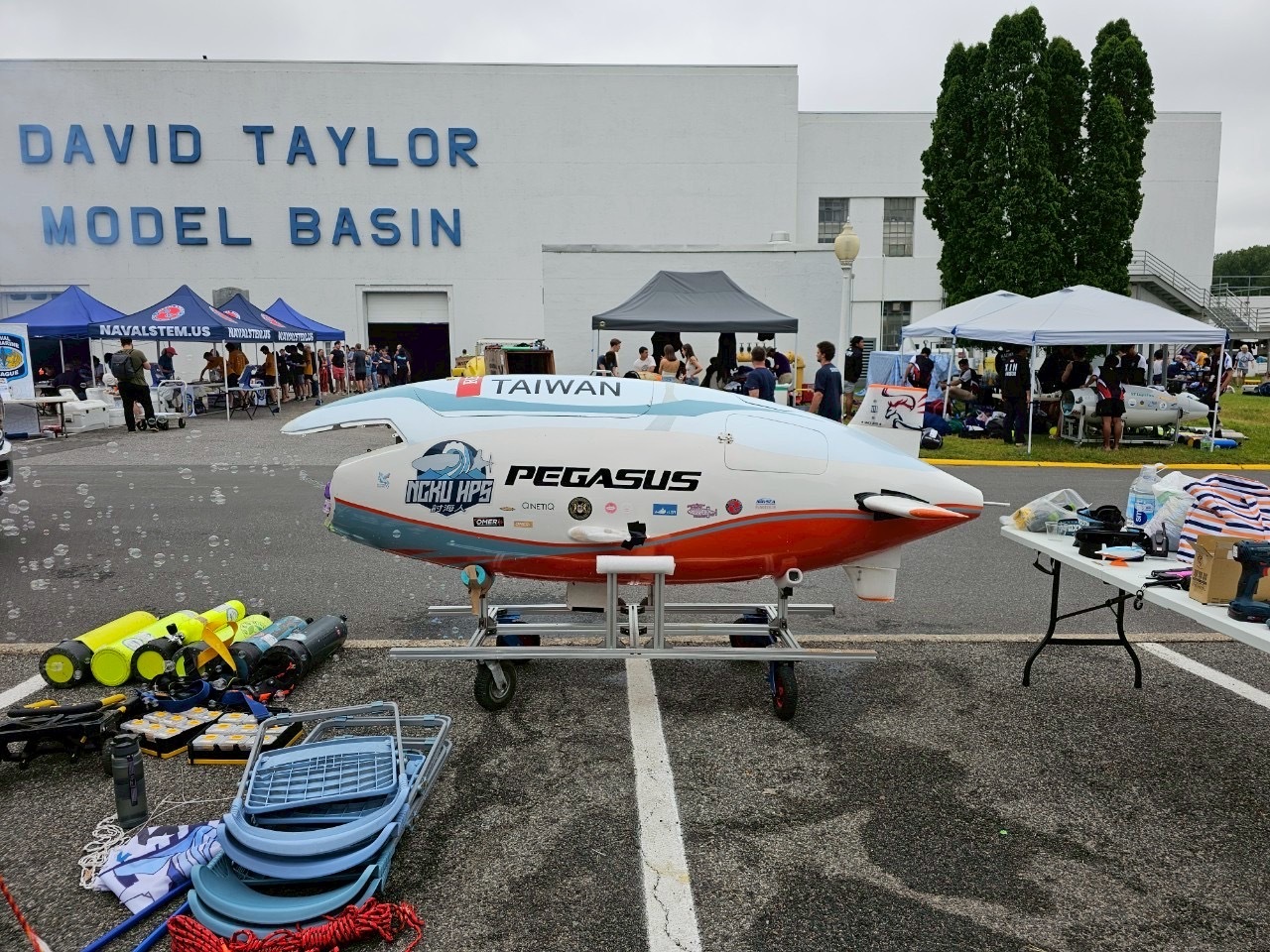
NCKU’s second-generation human-powered submarine, Pegasus, is in the preparation area outside the U.S. Navy’s David Taylor Model Basin
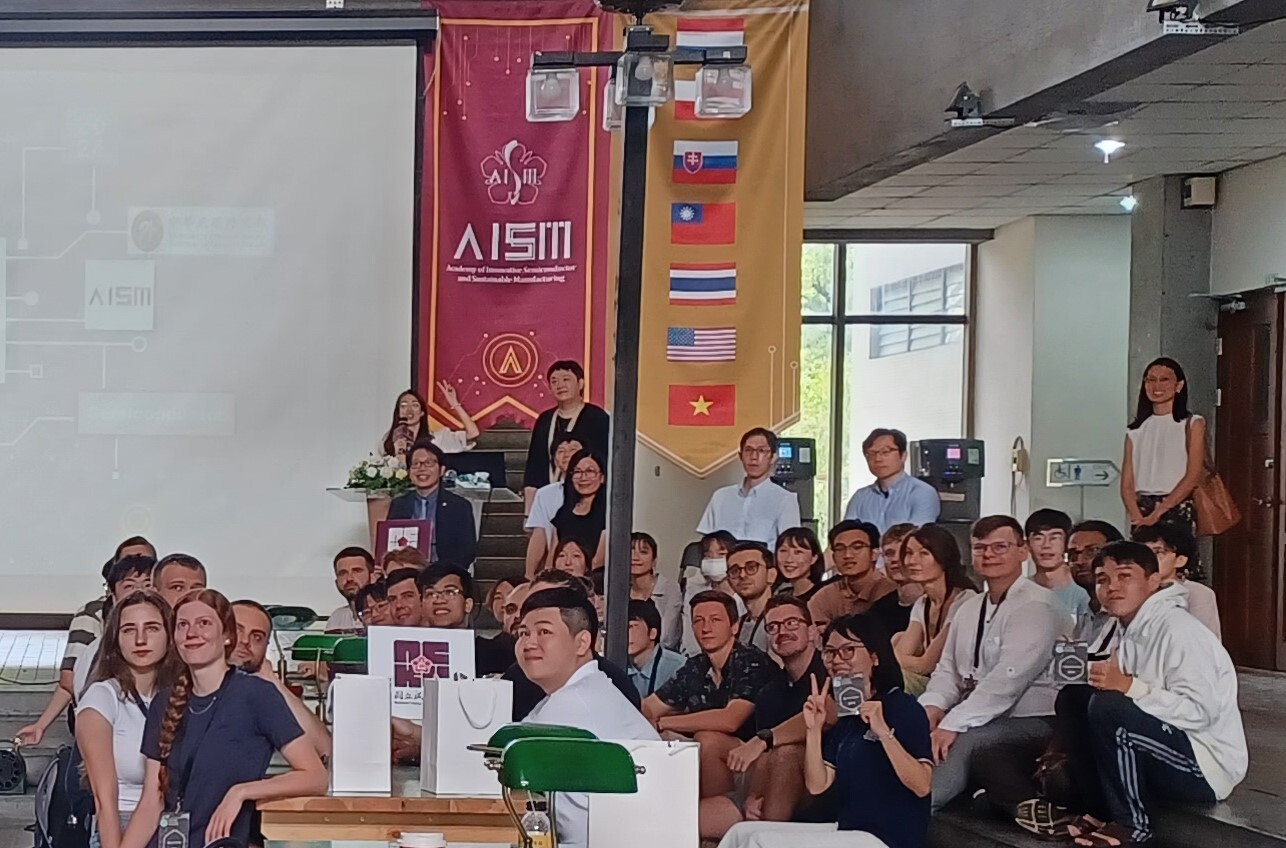
SDG9Global Prosperity in Taiwan's Semiconductor Supply Chain: Students from Europe, America, and Japan Participate in NCKU AISSM SEM
View more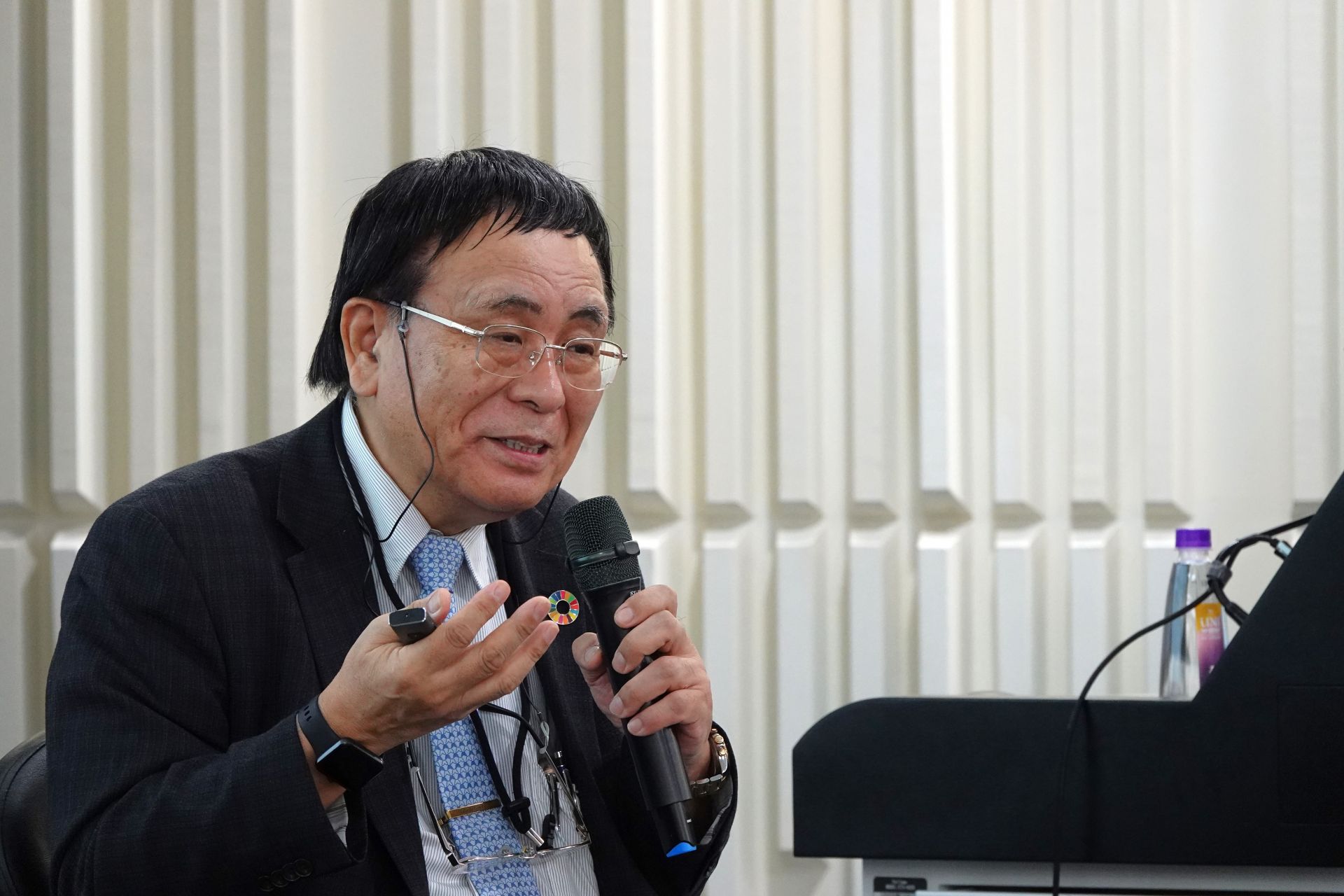
SDG9NCKU YuShan Scholar AI Lecture Series: Discussing Transnational Scholars' Perspectives on Trends in Life Science Research.
View more